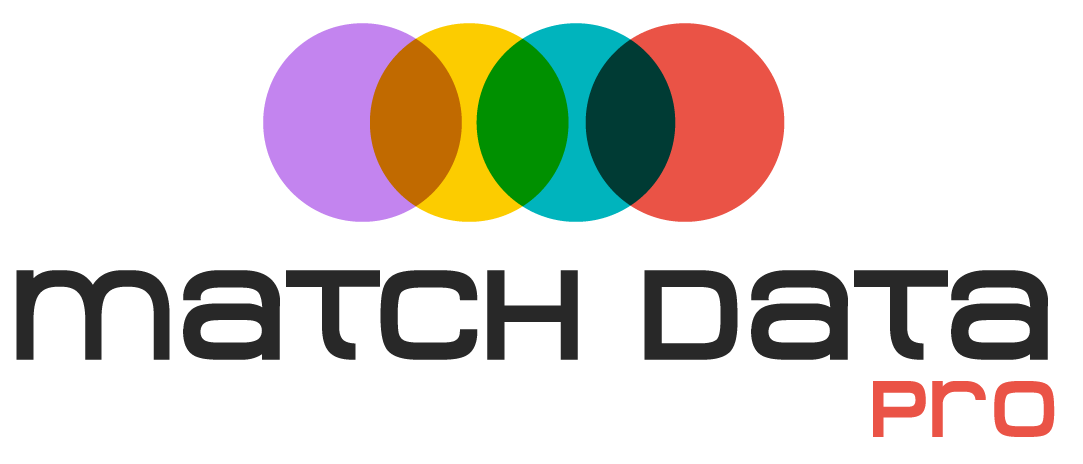I took the no-code path to big data. I still don’t use traditional data tools like R, Python, or SQL. I’m bilingual in English/Spanish so I know how much time and effort it takes to become proficient in other languages. But I love learning alongside my technical friends and colleagues.
I never felt compelled to spend thousands of hours of my time learning programming languages to do what I can do with a mouse. I’ve cleaned, standardized, matched, merged, mastered, and integrated hundreds of millions of rows of data, across all major data domains, in all different industries and for all different use cases.
I’ve worked with some of the largest organizations all over the world, embarking on very high-value and high-visibility data-driven initiatives. I also started the foundation for some introductory master data management concepts for PHD students completing dissertation work at a very prestigious University.
I’m not saying those technical skills aren’t useful, in fact I often rely on my more technical colleagues to help push things across the finish line, or to bridge technical gaps. People with these technical skills are invaluable. But as data processing and data management responsibilities have been handed off from IT, to becoming a separate business discipline, with many different areas of specialty, and as data professionals are in high-demand and short supply, and with data being just as business critical as all other business operations, I really think it’s time to embrace no-code solutions to manage big data.
Benefits often include:
- Measurable economic value of the decreased cost of resources, time saved, and the business outcomes achieved
- Increased data ‘literacy’ empowering business staff to get more ‘hands-on’
- Speed to value, making products and information available, faster
- Alleviating IT backlogs
- Decreased cost of management and maintenance
- Ease of changes and adaptation as business requirements evolve
- Increased quality and accuracy of the initial solution and the ongoing outputs and business outcomes by reducing the time, collaboration, and the interpretation needed (eg variable data, code, and evolving business requirements)
Author: Ben Cutler
Inquiries: bcutler@matchdatapro.com
